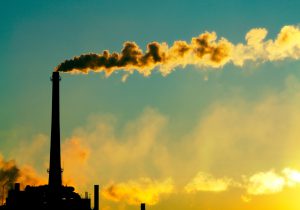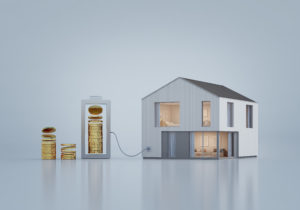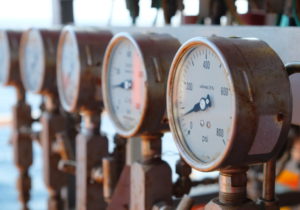
Ubiquitous smog seriously impairs effectiveness of solar panels. Its impact on reducing effectiveness of photovoltaic devices has already become the subject of scientific research.
Dimming of sunlight by the smog “cover” was first measured in the late 19th century. It turned out that in the winter in London, pollution residing in the air lets through only 17 per cent of sunlight compared to what was reported in non-polluted rural areas. In 1916-20 this factor improved but still equalled as little as 45 per cent[1]. Already then did the researchers notice absorption and dispersal of sunlight despite the fact that the photovoltaics technology was still a distant dream.
However, when photovoltaics became popular the world faced similar challenges. In New Delhi, India’s capital city, air pollution reduces effectiveness of solar panels by 12-17 per cent, depending on the technology used. In Beijing the loss accounts for 9 to 13 per cent, while in London and Los Angeles – about 2 per cent.
It turns out, however, that the main problem is not the pollution residing in the air but the particles dropping onto the surface of solar panels. „I was surprised to see how dirty the panels were”, said Michael Bergin, a civil engineering professor at US Duke University and the chief author of the research on energy losses caused by air pollution.
The research proved that 92 per cent of the pollution that covered the panels constituted natural dust, while the remaining 8 per cent came from human activity, such as burning of fossil fuels. Despite this seemingly small contribution, these are the anthropogenic emission particles that constitute the biggest threat[2].
„The particles coming from human activity are tiny and sticky, which makes them very difficult to remove. They block sunlight much more effectively than natural dust”, Professor Bergin explains.
Poorer exposure of photovoltaic panels to sunlight resulting from air pollution translates into measurable financial losses. Los Angeles itself is estimated to potentially waste 6 to 9 million dollars by 2020.
[1] https://www.theguardian.com/environment/2018/sep/13/pollutionwatch-hazy-air-of-cities-reducing-solar-panel-efficiency
[2] https://www.livescience.com/59665-air-pollution-lowers-solar-panel-efficiency.html




